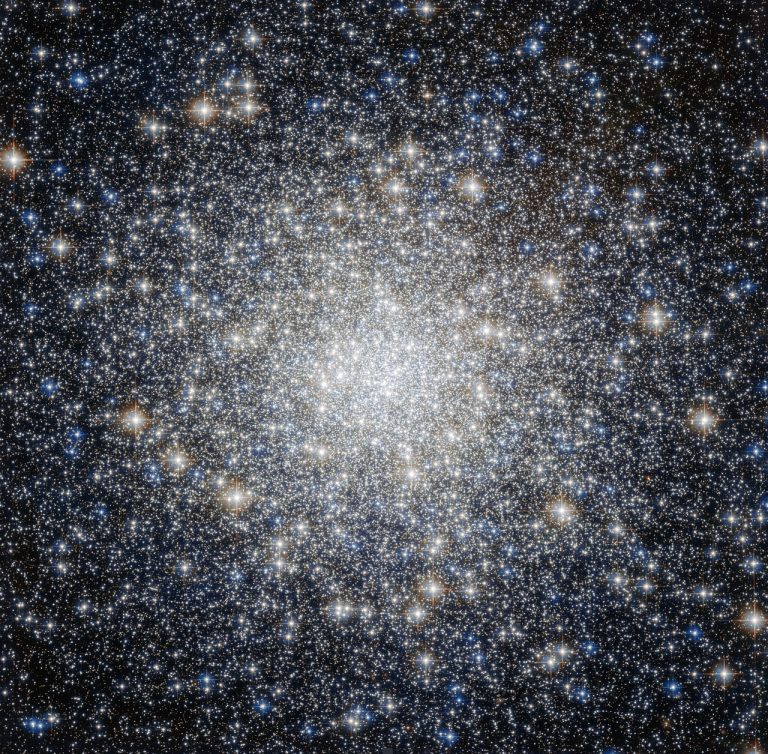

Amyloidogenic model peptides are invaluable for investigating assembly mechanisms in disease related amyloids and in protein folding. During aggregation, such peptides can undergo bifurcation leading to fibrils or crystals, however the mechanisms of fibril-to-crystal conversion are unclear. We navigate herein the energy landscape of amyloidogenic peptides by studying a homologous series of hexapeptides found in animal, human and disease related proteins. We observe fibril-to-crystal conversion occurring within single aggregates via untwisting of twisted ribbon fibrils possessing saddle-like curvature and cross-sectional aspect ratios approaching unity. Changing sequence, pH or concentration shifts the growth towards larger aspect ratio species assembling into stable helical ribbons possessing mean-curvature. By comparing atomistic calculations of desolvation energies for association of peptides we parameterise a kinetic model, providing a physical explanation of fibril-to-crystal interconversion. These results shed light on the self-assembly of amyloidogenic peptides, suggesting amyloid crystals, not fibrils, represent the ground state of the protein folding energy landscape.
Amyloid fibrils are implicated in over 20 neurodegenerative diseases, with no curative therapies available to date. A number of amyloids with beneficial functions, the so-called functional amyloids, have also been discovered in biology1. Furthermore, amyloids have found applications in technological fields as diverse as tissue engineering, energy, biosensing and water treatment
Short amyloidogenic peptide sequences identified from disease-related proteins are highly valuable as reductionist models to study molecular organisation in amyloids6,7,8,9,10,11. Structural diversity can lead to a rich variety of morphologies including filaments12, nanotubes13, helical ribbons6,14, twisted ribbons14 and crystals6,7,8,9,15, a phenomenon known as amyloid polymorphism. The availability of crystalline polymorphs is particularly important as it allows, via X-ray crystallography, the precise determination of molecular organisation in amyloid-like species7,8. Currently, the mechanisms governing fibril-crystal interconversion are unclear and a number of different hypothesis have been proposed including, differing side chain packing9, nucleation of fibrils from crystals7, fragmentation or dissolution of one polymorph to the other9. Without a detailed knowledge of the mechanisms leading to crystal formation it is impossible to definitively link the crystal structures with those of more disease-relevant fibrils or protofilaments9. A molecular understanding of the amyloid crystallisation mechanism is also of fundamental importance in the field of protein folding, allowing us to place the amyloid crystal in the protein folding energy landscape of which the amyloid fibril has been hypothesised to be the ground state16,17.
Nggak Nyangka! Hidup Gue Berubah Total! Gue bukan siapa-siapa. Cuma anak kos biasa yang kerja serabutan buat nutup biaya hidup… Read More
What is the Main Cause of a Heart Attack? What is its Solution? A heart attack is the blockage of… Read More
In the vast economic arena, one term that often takes center stage, inciting extensive debates and discussions, is the "debt… Read More
De-Dollarization: The Changing Face of Global Finance The financial landscape is in a state of flux, with an intriguing economic… Read More
The curtains closed on a dramatic Bundesliga season with Bayern Munich standing tall once again, clinching their 11th straight title.… Read More
The Unfolding Story of Celine Dion's Health In recent news that has left fans across the globe stunned, iconic singer… Read More